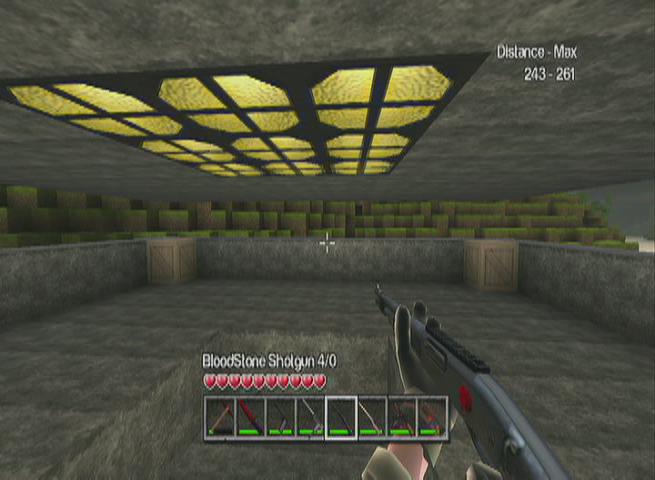

Like the iPhone, Apple does a good job of supporting its Mac hardware with years of free updates. I’ve never had another notebook come close, and I’m convinced that Apple’s penchant for build quality has a lot to do with it. There are four MacBooks in my house, three of them are a decade old, and none of them are ready for recycling just yet. The dreaded “ butterfly keyboard” and underwhelming thermal performance in the previous generation Intel MacBook Pro models are blemishes on an otherwise rock-solid line of notebooks. While Apple has made some missteps in previous models, it isn’t rare to find old MacBooks still going strong a decade or more later. I had the battery replaced, as well as the trackpad (which was covered by AppleCare) after a whiteboard fell on it (yes, really).

There’s no support for the latest version of macOS, but that didn’t stop me from daily driving it until only a few weeks ago.

While the user experience was somewhat diminished by the end of its life, the damn thing still refuses to die. That’s why I bought a high-end 16-inch MacBook Pro to replace it in November 2021. If I’d known I would get nine years of service out of it, I might have opted for a more capable model at the time. It’s a Retina MacBook Pro from 2012 with a paltry 8GB of RAM and a meager 256GB of solid-state storage. My previous MacBook lasted nearly ten years. But on balance, it’s still my preferred OS. Gaming is notoriously shaky on a Mac, and we don’t recommend buying even the latest MacBook Pro if gaming is your number one priority. macOS does not do it all, and it’s not necessarily a platform that’s going to please tweakers and hackers. Others would class some of these pros as cons, and no operating system is perfect or immune to security issues.

The price you pay for a MacBook buys you a ticket to use what is arguably the best operating system for a wide range of users. In terms of notebooks, your Hackintosh options are even more limited, and Apple’s switch to its own ARM-based architecture may spell the end for the practice entirely. There’s always the Hackintosh route, but I don’t want the hassle of configuring hardware and patching installers.


 0 kommentar(er)
0 kommentar(er)
